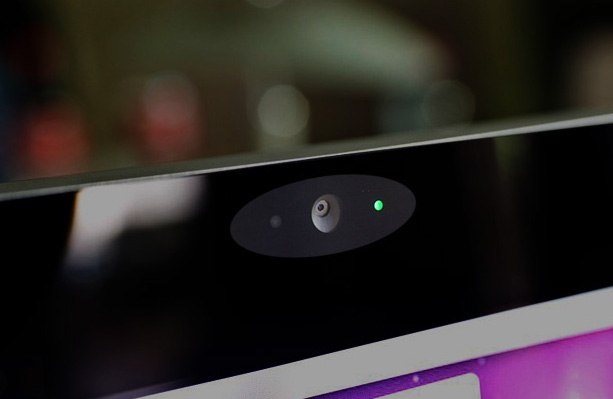Mobile Websites Can Access Your Smartphone’s Sensors Without Permission

Your mobile has a swathe of sensors that are used for adjusting your phone’s orientation, movement, detecting IR light, and biometric authentication. While mobile apps require you to grant access if data has to be collected from your phone’s sensors, there are no such rules for mobile websites. And many popular websites are using it selfishly.
As per a report from Wired.com, researchers from North Carolina State University, Princeton University, the University of Illinois at Urbana-Champaign and Northeastern University have uncovered that out of top 100,000 sites ranked according to Alexa Ranking, 3,695 websites have scrips running on their mobile websites that access your mobile’s sensors.
The list contains some popular websites such as Kayak, Priceline.com, and Wayfair.
Websites can access sensors only when a user is browsing the website and not in the background. Still, with the ill-intent and lack of any structure for granting permissions for accessing your mobile sensors, there can be severe implications.
For example, mobile websites can interfere with users’ browsing history with the help of ambient light sensors, data collected from motion sensors can be used as an input to keylogger for recognizing your PIN.
World Wide Consortium has said that the data obtained from the sensors of your mobile phone is not sensitive and there is no need to explicitly obtain grant permission.
The researchers found out that top nine browsers including Chrome, Edge, Safari, Firefox, Brave, Focus, Dolphin, Opera Mini, and UC Browser allow websites to use your mobile’s motion and orientation sensors without users’ permission.
The recent versions of Firefox have revoked the permissions to allow websites to tap into your mobile’s motion and orientation sensors that were allowed earlier. Moreover, ad-blockers also failed to stop scripts from accessing sensors. Ad-blockers caught such scrips less than 10 percent of the time with average lying int he range between 2 and 3.
Researchers found that 1200 websites use the sensors for tracking and analytics while 63% websites of the total websites tested, used motion sensors and biometric sensors for tracking.
Popular news websites such as Wired, CNN, Los Angeles Times and CNET use ad-network containing scripts for using your mobile’s sensors.
“There’s a difference between the access from the web scripts compared to say mobile apps, And a lot of this is legitimate. But the fact that access can be granted without prompting the user is surprising,” says one of the researchers involved in the study.
According to researchers, there must be a set of rules of how your phone’s sensors are used and users must have control over it. They hope to bring up the issue in the browser industry.
Also Read: Oppo Find X Will Be The World’s First Smartphone With 10GB Of Ram






